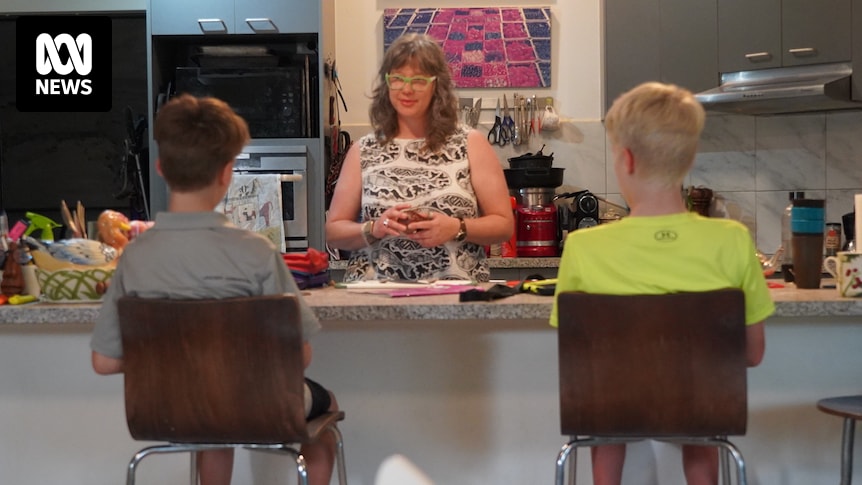- In summary: Criticism has been directed towards the outdated method of calculating child support, which fails to consider the rising cost of living and additional expenses for education, medical care, and children with special needs.
- Approximately one third of parents involved in the system, totaling around 218,000 individuals, are in debt, collectively owing $1.7 billion in unpaid child support.
- What Comes Next? The establishment of a Child Support Expert Panel aims to review the existing child support formula and devise an updated approach to the Costs of the Children Table.
Critics argue that Australia’s child support system lags behind due to its failure to keep up with inflation, particularly disadvantaging women.
As the government undertakes a review of the child support payment calculation methodology, stakeholders emphasize the importance of factoring in expenses such as childcare, technology, specialized school attire, medical costs, and the misconception of public schooling being cost-free.
Professor Kay Cook from Swinburne University of Technology highlighted that inflation has exacerbated the historically low child support payments determined by the government.
Furthermore, data indicates a growing number of parents falling into arrears, with a $50 million deficit observed between owed and collected amounts in the previous fiscal year.
About 116,000 parents pay the minimum weekly amount of $9.50, with Professor Cook attributing the surge in debts to the pressures of the cost of living.
Acknowledging the gender disparity in child support payment dynamics, Professor Cook emphasized the significant impact child support has on alleviating poverty for single mothers.
Phoebe Wallish from Stepfamilies Australia underscored the challenges faced by blended families, stressing the urgent need to modernize the child support system to align with current living expenses.
The existing calculation model fails to account for weekday expenses incurred by the primary caregiver, encompassing childcare, educational supplies, healthcare, and extracurricular activities.
Single mother Caroline Page highlighted the inadequacy of the current system, citing the escalating costs of education and the lack of consideration for essential expenses like laptops and updated school uniforms.
Moreover, the system overlooks the needs of children with special requirements, neglecting expenses related to medications, therapies, and specialized appointments.
As the government revisits the child support formula after two decades, the focus is on addressing compliance issues and ensuring equitable outcomes for all parties involved.
The methodology for determining child support payments involves assessing parents’ total income, deducting personal costs, and utilizing the “Cost of the Children” tables akin to tax brackets.
Economist Associate Professor Ben Phillips advocated for a comprehensive approach considering both wages and inflation, akin to the calculation method for the aged pension.
The ongoing review by the expert panel, including Professor Bruce Smyth from the Australian National University, aims to rectify anomalies within the formula and explore alternative support mechanisms.
Efforts are underway to enhance compliance, streamline payment processes, and align child support assessments with the actual costs of raising children in Australia.
For further inquiries or to share personal experiences, contact [email protected].

